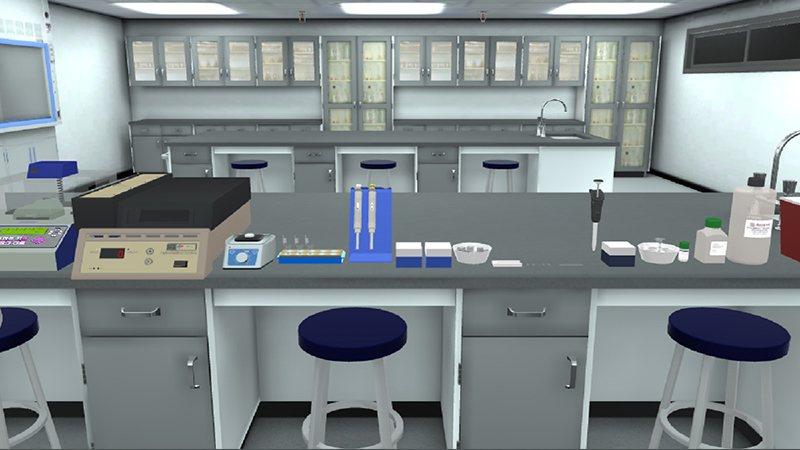





2.5M+
Active Users Worldwide
80%
Improved Learning Retention
60%
Reduction in Laboratory Costs
Gene expression profiling
DNA Microarray Assay hybridization: whole human genome (4*44) oligo microarray and dual-color labelling kits.
By the end of DNA Microarray virtual lab, students will be able to:
Other applications of DNA microarray Experiment:
In this DNA Microarray virtual lab protocol, Two RNA samples were prepared: cancerous & healthy (reference).
A- Amplification and labeling of extracted RNA:
1) synthesizing cDNA:
Using T7 RNA polymerase by reverse transcription.
2) synthesizing cRNA:
cDNA is used in an in vitro transcription reaction to generate cRNA. This reaction is performed in the presence of labeled ribonucleotides, producing microgram quantities of labeled RNA for array hybridization.
B- Microarray hybridization:
A hybridization sample is prepared and added to the cRNA prior to array hybridization. During this stage, cRNA is fragmented and labeled. cyanine 3 (cy3-fluoresces green) is added to the ‘to-be studied’ cells and cyanine 5 (cy5-fluoresces red) is added to the reference cells.
C- Microarray slide wash prior to scan:
The scanner has a laser which causes the hybrid bonds to fluoresce




